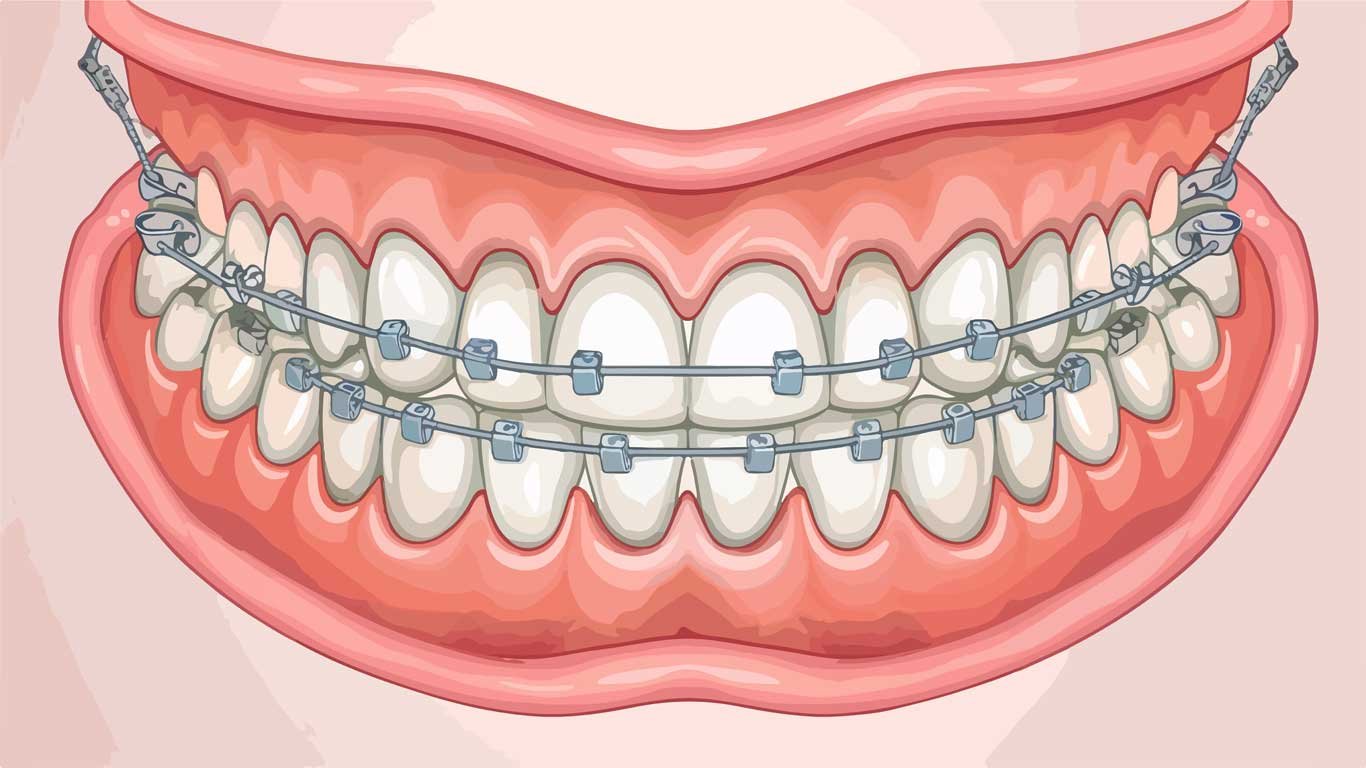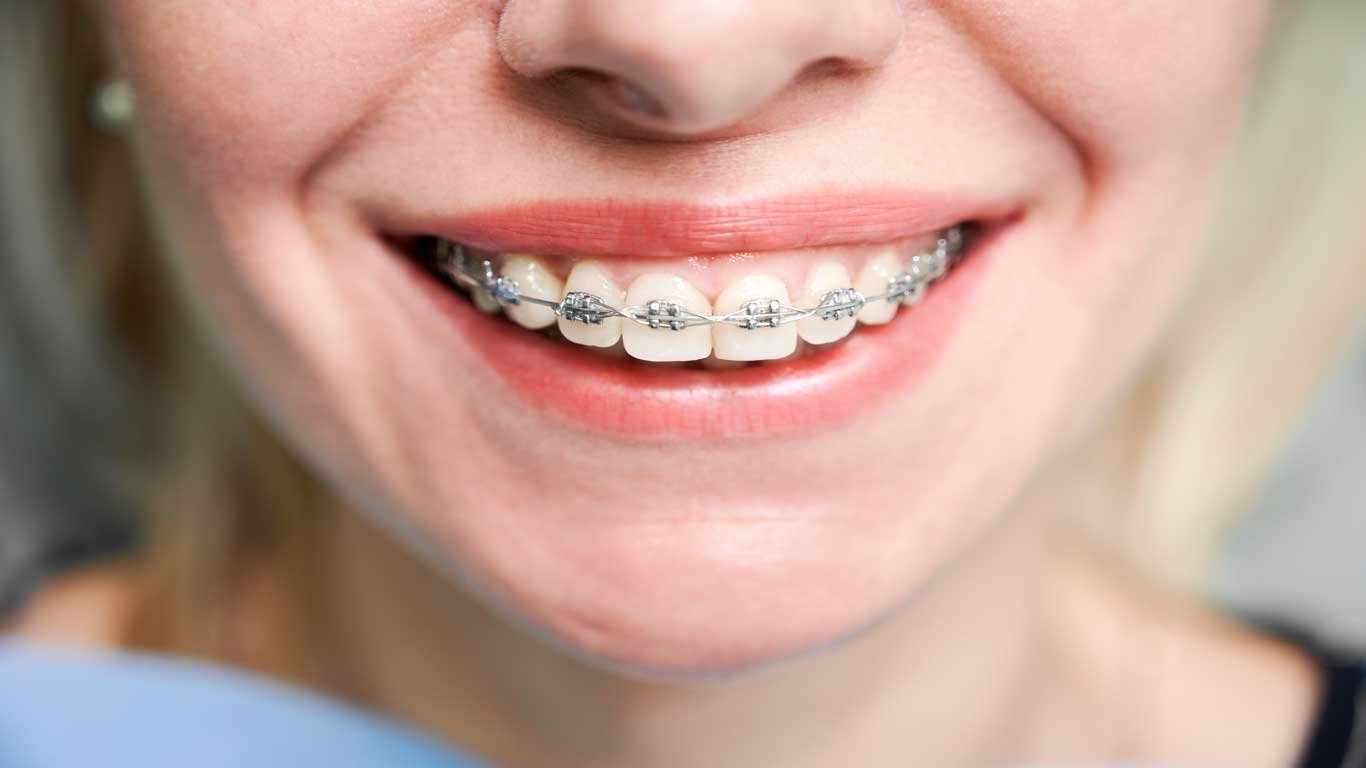Damon Braces vs. Traditional Braces: Which One is Right for You?
Orthodontic treatment plays a vital role in achieving a confident and healthy smile. Orthodontic solutions provide transformative benefits, whether they are used to improve overall dental health, treat bite problems, or correcting misaligned teeth.
Damon braces and traditional braces are two of the many available alternatives. Both aim to straighten teeth and enhance dental health, but their designs, mechanisms, and treatment approaches are different.
In this post, we’ll examine the differences between Damon brackets and conventional braces, comparing their special qualities, advantages, and factors. By the end, you’ll have gained knowledge that will enable you to choose the orthodontic treatment that is best for you.
Note: Please note that we don’t use Damon brackets in York Orthodontics, and the aim of this article is only to give you some information.
Understanding Damon Braces
Damon braces (also known as Damon bracket ortho) offer a modern approach to orthodontic treatment, revolutionizing the way teeth are aligned. Unlike traditional braces, which use elastic bands to hold the wires in place, Damon braces feature self-ligating brackets. These brackets have a built-in sliding mechanism that eliminates the need for elastic or metal ties. As a result, there is more freedom of movement, reducing friction and discomfort.
One of the key advantages of Damon braces is their ability to achieve results in a shorter treatment time compared to traditional braces. Furthermore, Damon braces frequently require fewer dentist sessions, making them a practical choice for people with busy schedules. Damon braces offer a comfortable and effective orthodontic treatment with their self-ligating brackets, assuring a smoother path to a beautifully aligned smile.

Exploring Traditional Braces
For many decades, the tried-and-true orthodontic treatment of choice has been traditional braces. These devices, which consist of metal brackets, archwires, and elastic bands, gradually straighten teeth and fix biting problems.
The adaptability of traditional braces, which may successfully treat a variety of orthodontic difficulties, even complex instances, is one of their main advantages.
Despite misconceptions about their appearance, modern advancements have made traditional braces more comfortable and discreet than ever before. For those seeking a subtler look, there are numerous possibilities, such as ceramic or clear brackets. Traditional braces are still a reliable option for getting excellent outcomes, ensuring a healthy and beautifully aligned smile for countless individuals.

Comparing Damon Braces and Traditional Braces:
Both Damon braces and conventional braces have particular advantages and features. One of the key differences lies in their design and mechanics. Damon braces, unlike traditional braces, feature a self-ligating method that does not require elastic ties to hold the archwire in place. This allows for smoother tooth movement and reduces friction, resulting in a more comfortable treatment.
Damon braces could be advantageous in terms of treatment time and session frequency. The self-ligating nature of Damon brackets can lead to shorter overall treatment times compared to traditional braces. Damon braces also offer a self-adjusting capability, which may reduce the frequency of adjustments and tightening visits. It’s crucial to remember that the length of the treatment and the number of appointments will depend on the individual needs and the intricacy of the situation.
Cost considerations also play a role in the decision-making process. Generally speaking, Damon braces tend to be slightly higher in cost compared to traditional braces. The price difference is influenced by the distinctive design and cutting-edge technology. But it’s crucial to bring up the financial issue with your orthodontist, who may offer more specifics depending on your unique circumstances and treatment plan.
Pic Source: Demon Bracket vs. Traditional Braces
Visibility and aesthetics are other considerations. Traditional braces are typically more noticeable due to their metal brackets and wires. However, advancements in orthodontics have introduced options like ceramic or clear brackets for a more discreet appearance. Damon braces, with their self-ligating brackets, may offer a sleeker profile and less visible appearance. Choosing between the two options depends on personal preferences and the level of importance placed on aesthetics during the treatment process.
Who Should Consider Damon Braces?
For people with a variety of orthodontic issues, Damon braces may be a good option. Ideal candidates for Damon brackets are those who seek efficient and effective treatment with potentially shorter overall treatment times. For people with crowded teeth, spacing issues, or cases requiring significant tooth movement, they might be especially helpful. Damon braces’ self-ligating brackets allow for smoother and more comfortable tooth adjustments, reducing the need for frequent tightening appointments.
Furthermore, people with complicated orthodontic cases or specific bite problems may benefit from Damon braces’ superior mechanics and versatility. Consulting with an orthodontist to find out if Damon braces are the best choice to address your specific issues.

Who Should Consider Traditional Braces?
Traditional braces are a trustworthy and tried-and-true orthodontic treatment option suitable for a variety of people. Those who require thorough and accurate teeth alignment are the best candidates for traditional braces. They are frequently suggested for people with more complicated orthodontic situations, such as those involving severe crowding, serious bite problems, or jaw misalignment.
Traditional braces offer a high level of control and versatility, allowing for precise tooth movement and effective correction of various dental problems. They can address a variety of orthodontic issues, such as misaligned teeth, gaps, and crooked teeth. Traditional braces may be the best choice if you have special dental requirements that call for significant teeth adjustments or if you’re searching for a tried-and-true orthodontic treatment.
Your orthodontist can help you determine whether conventional braces are the best choice for your particular needs.

FAQ
What are the Damon method braces?
The Damon Orthodontic is a cutting-edge orthodontic procedure that straightens teeth quickly and pleasantly using self-ligating brackets and specific wires. The Damon Method minimizes the need for constant tightening and adjusting by emphasizing soft pressures and low-friction mechanics. In comparison to conventional braces, this novel method seeks to correct the bite and align teeth to their ideal positions with fewer appointments and a shorter treatment period.
What is the difference between Damon and traditional braces?
The mechanics and design of Damon system are what set them apart from conventional braces. Damon braces use self-ligating brackets that do not require elastic or metal ties, resulting in less friction and smoother tooth movement.
Traditional braces, on the other hand, use ligatures to hold the wires in place. In comparison to conventional braces, Damon Orthodontic frequently offers fewer appointments and quicker treatment timeframes. Furthermore, Damon braces may offer less painful teeth alignment that is more effective and comfortable.
Conclusion
In conclusion, when comparing Damon braces and traditional braces, it’s critical to take into account the fundamental variations in design, treatment time, appointments, and aesthetics. While Damon braces offer unique advantages such as self-ligating brackets and shorter treatment times, traditional braces remain a versatile and effective option, particularly for complex cases.
At York Orthodontics, we place a high priority on giving you individualized orthodontic solutions that address your unique needs. We encourage you to arrange a consultation with our skilled orthodontic staff, who can direct you toward the best course of action for obtaining the outcomes you seek. Do not forget that both Damon brackets and conventional braces can deliver excellent results when chosen based on specific needs.
